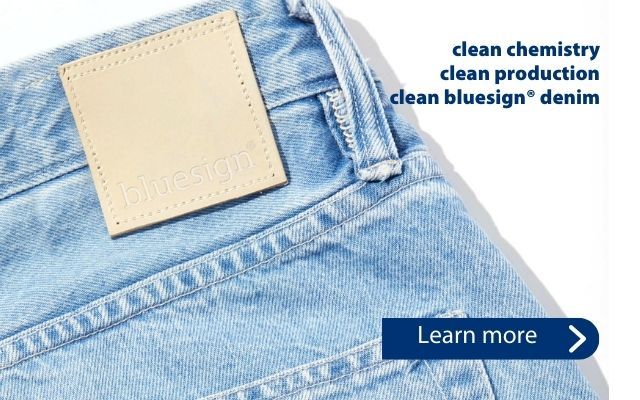'Herbal Textile-A glorious olden tradition and itsmarket potential'
In Herbal textile discussion we are not including vegetabledye because in that dyeing also chemical like copper sulphate and ferroussulphate is use as catalysts. Herbal textile in other word we can call as ayurvedictextiles and in this dyeing no chemical is used.
Some of herbal dye name is mentioned below:
- Neela Amari or Indigo: If garment is dyed in this herbal dye this would help fight skin disease. Panchakarma ayurvedic shirts dyed in indigo.
- Ramacham or Cuscus Grass: If garment is dyed in this dye this would help fight asthma disease.
- Manjistha: A herbal variety of tamarind: Nilgari sari is dyed with this herbal dye.
- Turmeric: Agasthya saris are dyed with this herbal dye.
- Sandalwood paste: Bed sheet is dyed with this herbal dye.
- Neelakoduvali: etc:
This herbal textile can resist and fight diseaseslike hypertension, heart ailments, asthma and diabetes depending upon the herbused to make the dyes. In herbal textile we can produce all kinds of hues ofreds, yellows, browns, orange and greens. In Thiruvananthapuram (Kerala) a villageknown as Balaramapuram some weavers supply handloom textiles dyed in herbal. InBalaramapuram; Handloom Weavers Development Society (HLWDS) has exported herbaland organic textile worth Rs.50 Lakh to the clients in the US, Europe and Japan. (According to "India Today" report).
There is increasing demand for herbal textile with in ourcountry also. But this industry needs strong motivation from Government end tosurvive the competitions from regular cloth. Herbaltextiles are priced more competitively than regular cloth due to low production cost. Another point favorable for this herbal textile is their affordability. Thelower cost production keeps the price of these textiles low. For example if akilo of chemical dye average costs Rs.3500 per kg while this herbal dye canhave by just Rs.150 a kilo. The HLWDS sari therefore is priced above Rs.300 ascompared to silk sari going up to Rs.15000.
The Japanese Government has given HLWDS a grant of $40,218under its grant assistance for glass root Human Security Projects.
So use herbal textile garment, bed sheet etc to make longlife to this herbal industry.
Reference:
India today magazine, 2004 edition
Note:
This article is written to just share our oldesttradition of herbal textile which has now lost its existence.
About the Author:
The author is the Product Manager (Reactive Dyes) in Colourtex.Ind. Ltd having vast experience of 12 years in production of cotton, polyesterand its blend quality in India and overseas reputed company.









Comments